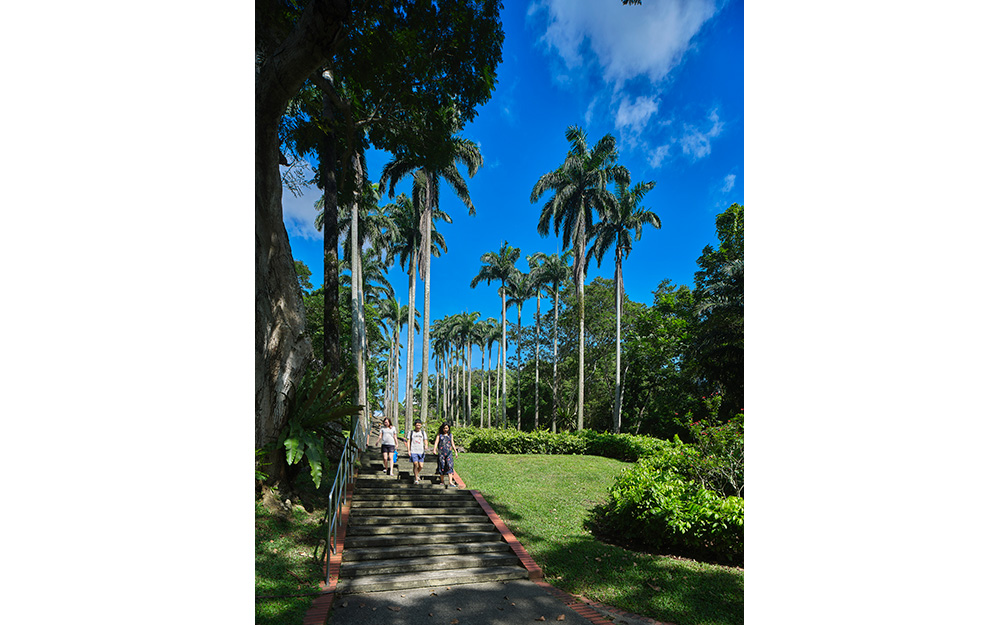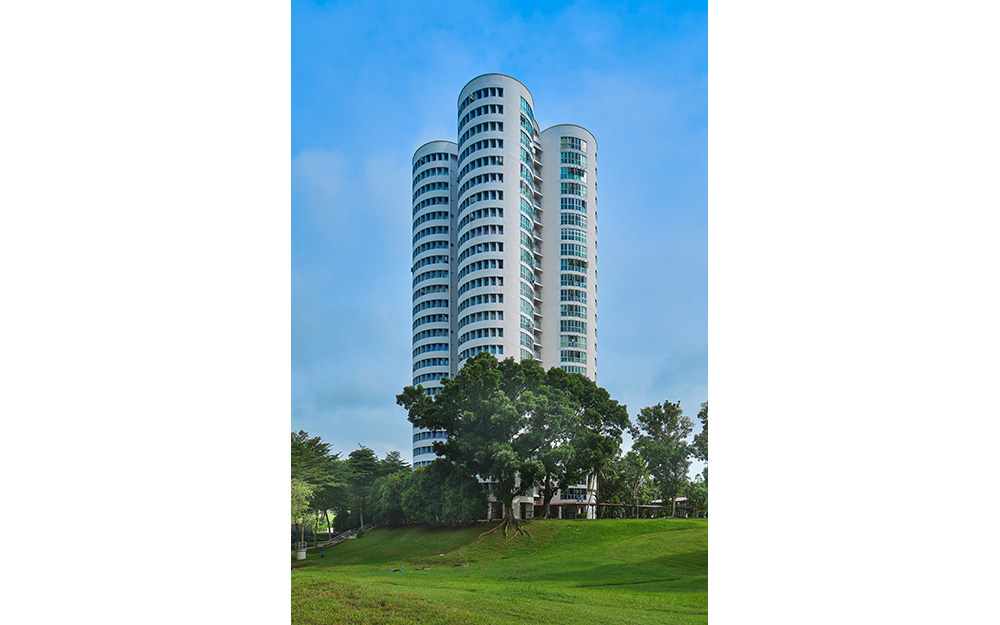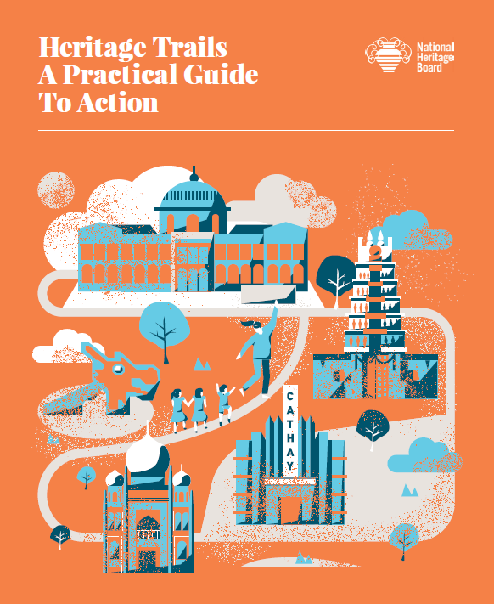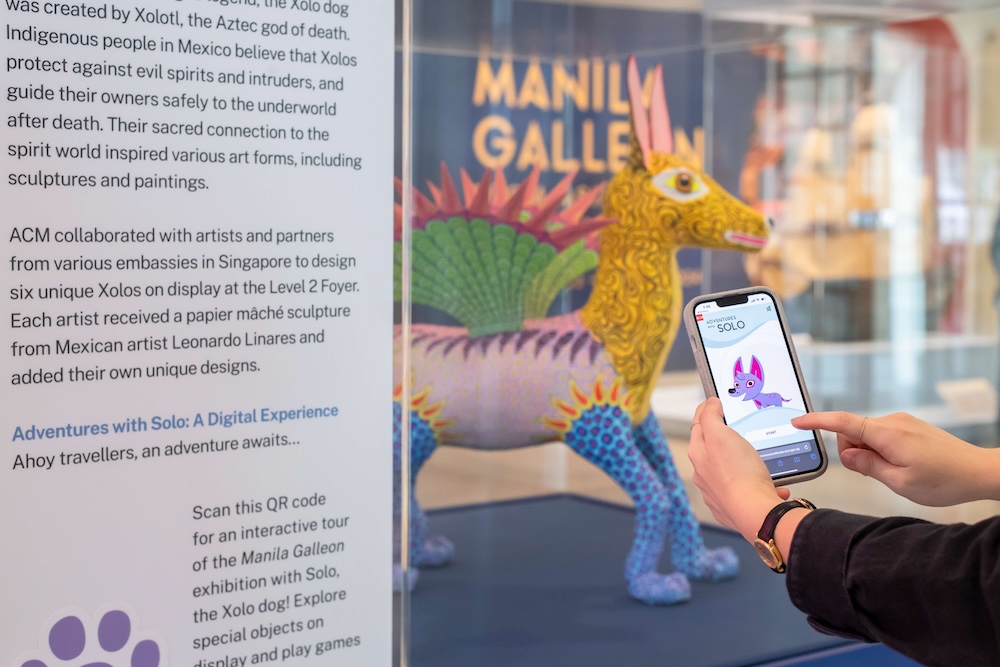Kelvin Ang loves old buildings. He has visited hundreds of Singaporean shophouses, bungalows, hotels, temples, churches, and mosques, and he is still fascinated by their beauty.
“On an old building, you can see the handiwork of many anonymous craftsmen from centuries ago,” he says. “All these things are made by hand: the columns, the plasterwork flowers, the carvings on windows, and the choice of coloured glass.”
He notes that Singapore is a truly unique city because it contains architecture from all over the world. On a single street, you can find buildings that reflect traditions from Europe, China, India, the Middle East, and Southeast Asia.
This is why he is trying to protect our built heritage. He works at the Urban Redevelopment Authority (URA), the government’s department for city planning, land use and conservation. His position is the Director of Conservation Management, which means that he is in charge of looking after our architecture for future generations.
Part of his job is making sure that heritage buildings are not damaged. Sometimes, when people install windows, signs or air conditioners in an old building, they change its overall design. He has to tell these people to have the building changed back.
Reaching out
Another more interesting part of his job is education and outreach. “How do you make 7,000 heritage buildings meaningful to the population?” he asks. “We have to carry out programmes so that people can appreciate and enjoy these buildings.”
One of these programmes involves students from the Tourism Club of the Institute of Technical Education (ITE) College West. He has trained them to lead guided walks in Tiong Bahru, so that they can present the history of this neighbourhood to visitors.
Another programme involves young filmmakers from Nanyang Technological University. They create short documentaries about heritage buildings like the Hajjah Fatimah Mosque, and the Central Fire Station. You can watch these on URA’s YouTube channel.
Mr Ang believes that it is important for young people to have a connection to old buildings. But, this does not mean they must study facts about when these structures were built. It means they should spend time there, creating happy memories of their own.
He smiles whenever he sees folks taking graduation photos or selfies at old monuments. “They are making these places part of their personal life stories,” he says. “Without these stories, the buildings are just bricks and mortar.”
Vivid memories
Mr Ang was born in 1972. Like most Singaporeans, he grew up in an HDB estate. But, his mother often took him to Chinatown to visit friends and relatives. He was captivated by the sight of the crumbling old shophouses, and by the way people made use of the five-foot ways – the covered walkways between the buildings and the road.
“The five-foot ways of Chinatown were a kaleidoscope of possible adventures,” he says. “Everything was on display: there were people trading, doing homework, telling fortunes.” He also has a vivid memory of visiting a shophouse that had been turned into a Taoist temple. It contained a holy python kept in a red metal cage. He could see a big lump in the python’s belly because it had just been fed a whole chicken.
Looking back, he realises these childhood experiences gave him a special connection to Chinatown’s shophouses. “These buildings are important to me, not because of history books, but because they are part of my story as a citizen,” he says.
As a teenager, he discovered a book called Characters of Light: A Guide to the Buildings of Singapore by Marjorie Doggett. It was full of beautifully taken photographs of places like St Andrew’s Cathedral and Sri Mariamman Temple. Sharing it with his family members, he found that the photos made them talk about their own early memories. This was how he learned that art can play a part in preserving heritage.
Special features
But, it was only after he started working for URA that he truly began to appreciate our architecture. He learned that many old buildings were specially designed to keep a space cool without the use of electricity. For instance, traditional shophouse windows have shutters made of slanted pieces of wood. They allow air and light to enter a room, but they also block out the rain and most of the heat.
The five-foot way was also designed to protect people from the rain and the sun. However, it functions as a public space as well, where strangers can bump into one another and become friends. A couple of Mr Ang’s friends met each other in the five-foot way, and later even got married!
This is an example of how architecture can actually build communities. “In a city of millions, you do need small spaces where it is more intimate,” he says. He firmly believes that today’s architects have a lot to learn from builders of the past.
Of course, Singapore must change to keep up with the times. Sometimes, old buildings must be demolished so that new, modern buildings can take their place. Nevertheless, Mr Ang is working to ensure that some areas of the city remain the same, so that people can relive their memories whenever they pass them.
“I have friends who took their wedding pictures at Cavenagh Bridge, and now whenever they cross the bridge, they think, ‘How nice, this place hasn’t really changed’,” he says. “It’s all very romantic. And, good cities need a layer of romance.”
-by Ng Yi-Sheng
This article first appeared in What's Up, a newspaper that explains current affairs in a way that children find comprehensible and compelling.






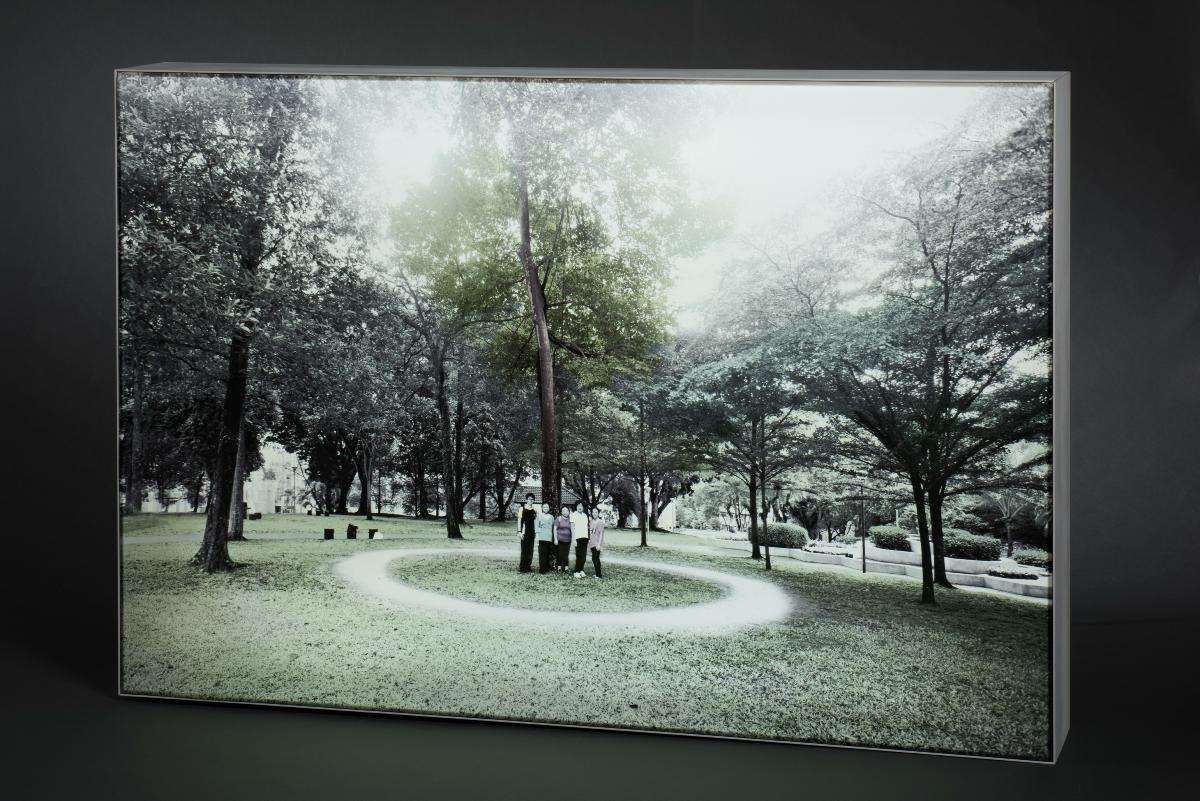
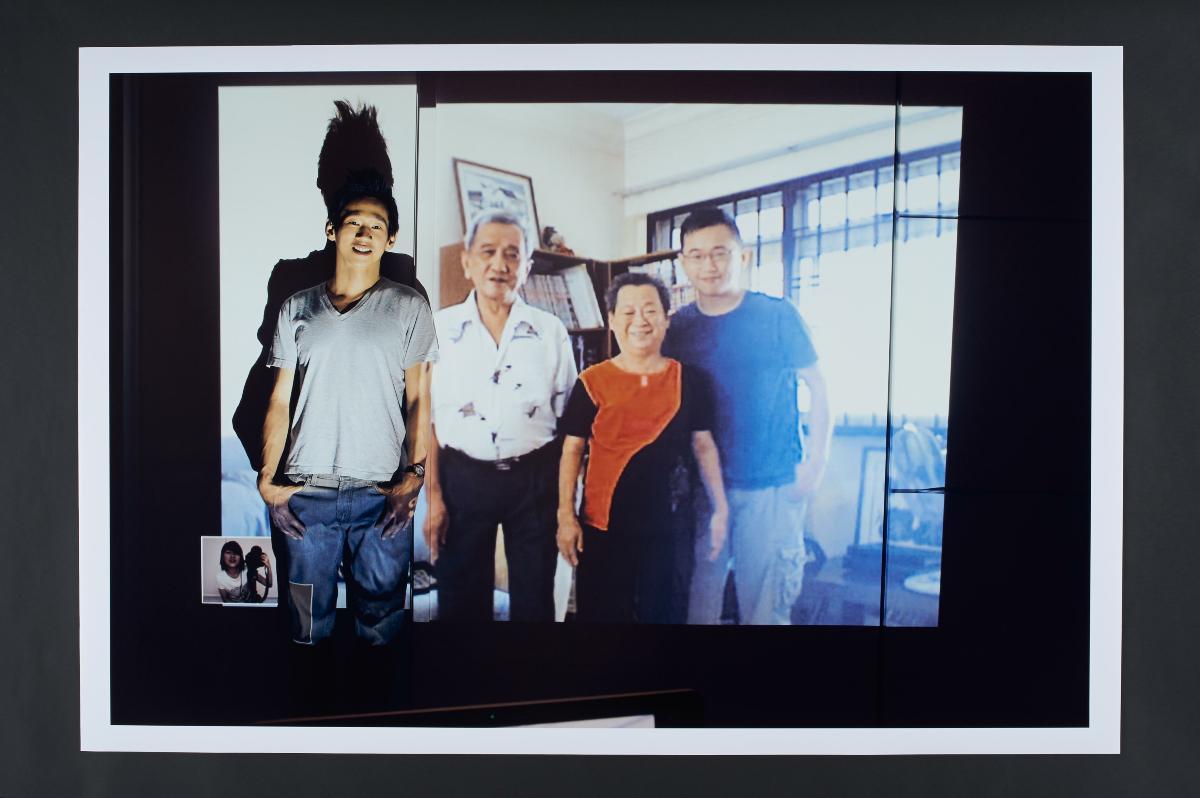
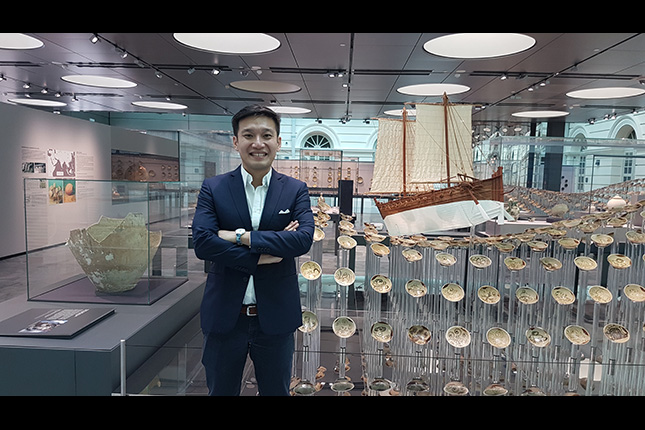
.ashx)
